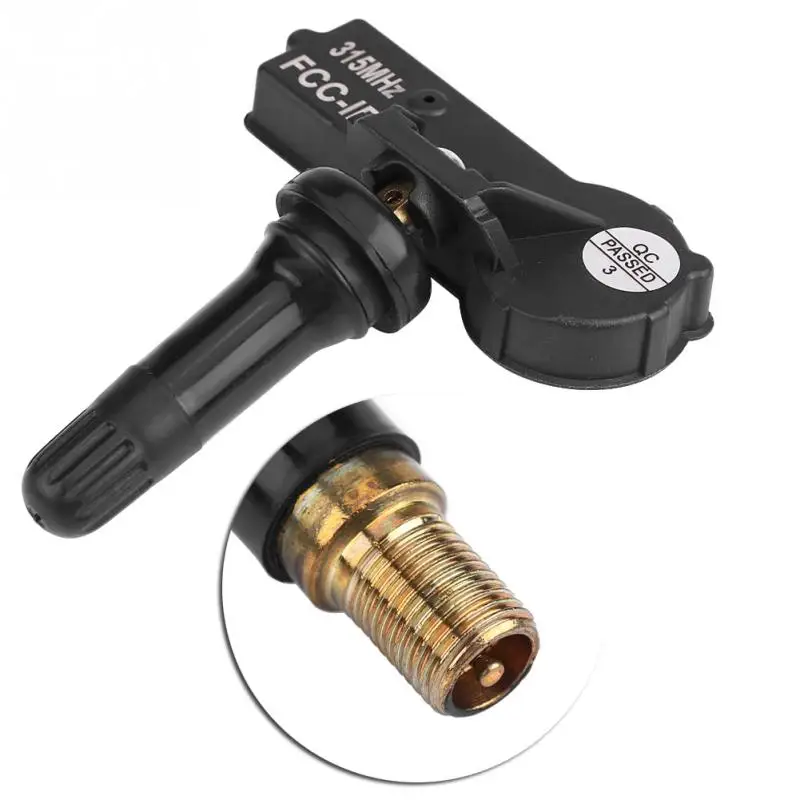Christ Posted on Posted in Tips 5 Comments Tagged with Nissan Murano, Nissan Murano Tire Pressure, Resetting TPMS Light on Murano
Last Updated on December 17, 2019 by Christ
How Do You Reset Nissan Murano TPMS Low Tire Pressure Light? – Murano has a body design that is robust and dynamic. The impression of sporty yet elegant looks on the exterior appearance so that it becomes the main attraction for the viewer. Comfort is obtained thanks to the appearance of high-quality interiors and luxury. Nissan premium SUV is powered by a 3.5-liter engine capacity VQ35DE and Xtronic CVT-M6 transmission has been updated so as to improve the efficiency of fuel use significantly and make it more powerful.
Adaptive Shift Control System is also supporting the optimization while driving, bringing together outstanding performance driving comfort with the use of fuel-efficient. Murano’s interior has a modern style with convenience features are plentiful. Present luxury and unique design that is asymmetrical cockpit are designed like a rugby ball, which is not found in any other vehicle in its class.
To turning off the Tire Pressure Monitoring System (TPMS) light on your 2003 2004 2005 2006 2007 2008 2009 2010 2011 2012 2013 2014 2015 2016 2017 2018 2019 2020 Nissan Murano, follow these steps:
If the above procedure does not work, try using the following procedure at your own risk!
Time needed: 17 minutes.

If it flashes fast that’s not right. If yours isn’t flashing slowly then check your connections, turn the ignition off and start over at step 4.
 Refill your tires to the correct pressure.
Refill your tires to the correct pressure.For more details, please watch the following video:
This tutorial is based on the Nissan specialist. The procedure above can be applied to the latest generations of Nissan Murano (2003 2004 2005 2006 2007 2008 2009 2010 2011 2012 2013 2014 2015 2016 2017 2018 2019 2020 model years). Hopefully, the article of How Do You Reset Nissan Murano TPMS Low Tire Pressure Light? useful to you.
2018 Nissan Murano
{{loadingIndicator}}
Shop the Nissan Parts & Accessories Online Thanksgiving Event
Harvest these savings from Nissan Parts & Accessories Online! Now through 11/30/2022, enjoy 15% off select Genuine Nissan Parts and Accessories from our online store. Online only. Restrictions apply.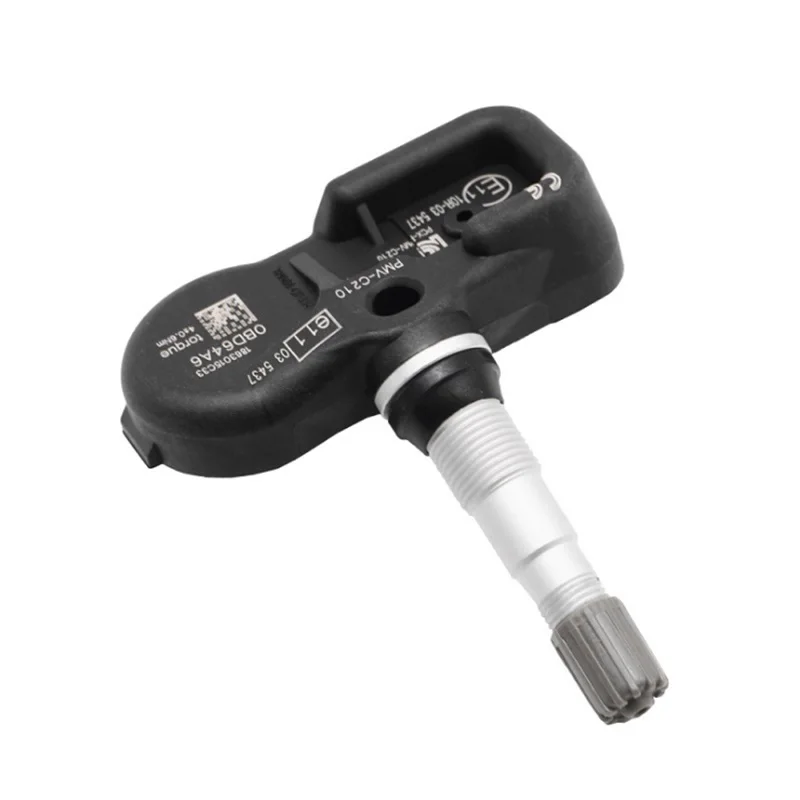 *
*
Your Price $ 76.50
Add to List
Select product options
Tire Pressure Monitoring System (TPMS) Sensor
$ 76.50
40700-3AN1B
Sensor SPA.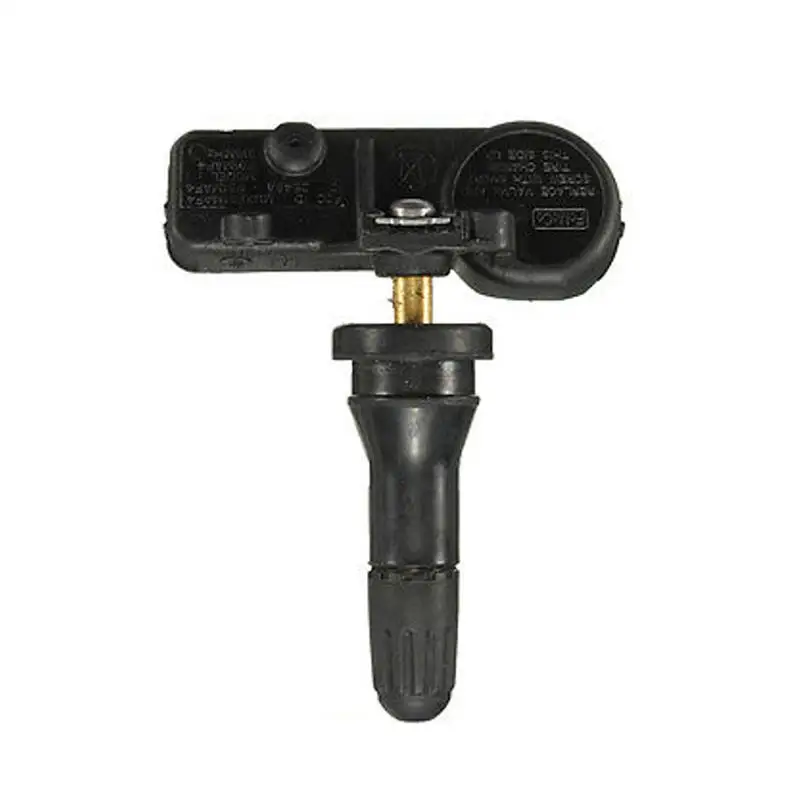 Sensor Unit Tire Pressure Monitoring. Service File S.
Sensor Unit Tire Pressure Monitoring. Service File S.
$ 77.39
40700-6UA0A
Tire Pressure Monitoring System (TPMS) Sensor
$ 76.50
40700-3AN0B
Controller Lighting.
$ 103.42
28576-5RA0A
Air Bag Clockspring
$ 424.86
25554-3JA1B
Tire Pressure Monitoring System (TPMS) Sensor
$ 84.51
40770-4CB1B
Enter VIN
Enter 17 digit VIN here
Need help finding your VIN?
You are the proud owner of a recent car, the pleasure of tactile gadgets, integrated technology should bring you the convenience of using your Nissan Murano, which is important, however it says that technology talks about electricity, and as we all unfortunately often know , this is often a problem.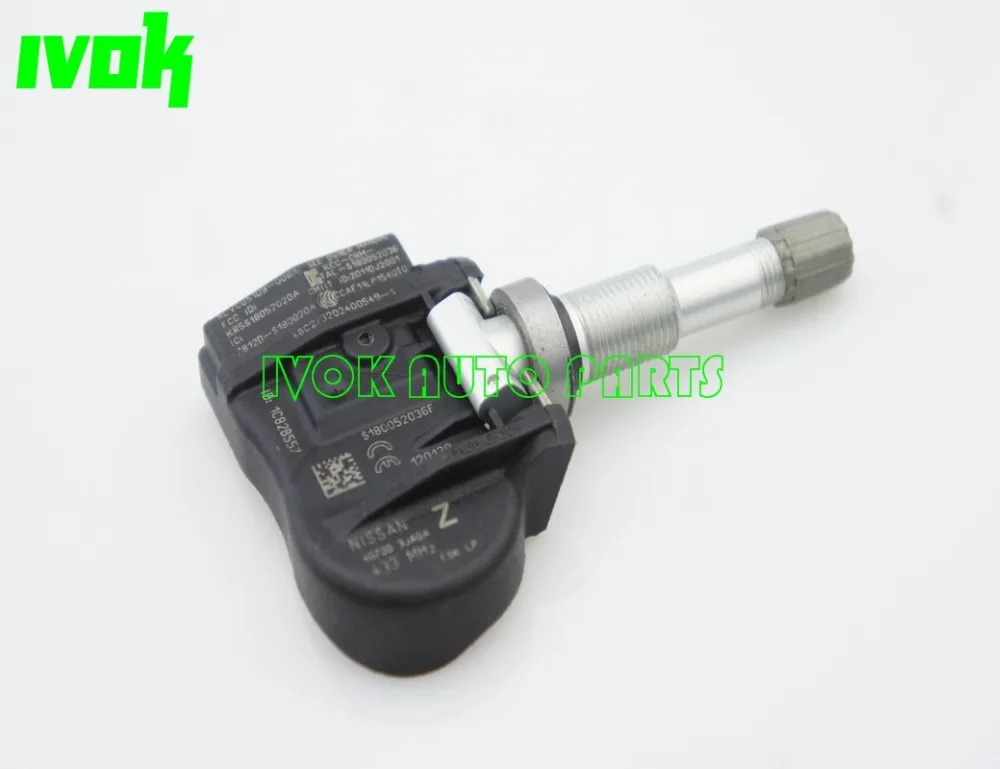 allow. Today we will look at the tire pressure sensor and exactly how to reset the Nissan Murano tire pressure sensor so that this indicator never appears on the dashboard again. To do this, we will divide our content into two parts, first of all we will explain the general case of the tire pressure indicator light appearing and the subsequent process, and then the case of the tire pressure indicator light remaining on even when inflated. tires, so how to reset this tire sensor on nissan murano.
allow. Today we will look at the tire pressure sensor and exactly how to reset the Nissan Murano tire pressure sensor so that this indicator never appears on the dashboard again. To do this, we will divide our content into two parts, first of all we will explain the general case of the tire pressure indicator light appearing and the subsequent process, and then the case of the tire pressure indicator light remaining on even when inflated. tires, so how to reset this tire sensor on nissan murano.
First, we will look at the typical way to reset a tire sensor on a Nissan Murano, which if it lights up, here are the basic basic steps:
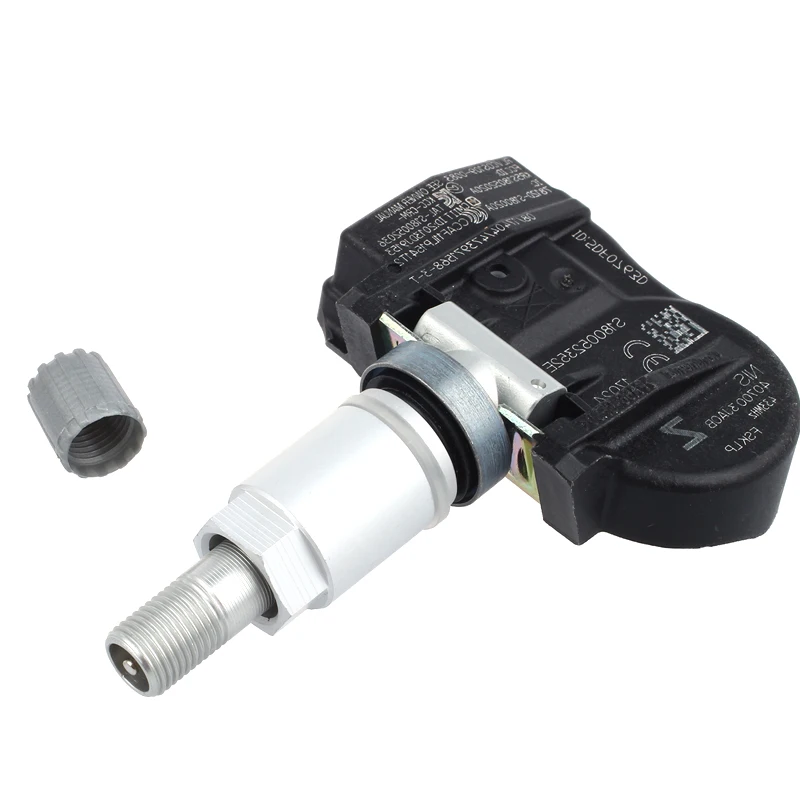
Now that you have tried the classic Nissan Murano tire pressure sensor removal process, and it didn't work, we'll move on to the second solution, which is, the tires on my Nissan Murano are well inflated and I still want this light to go away.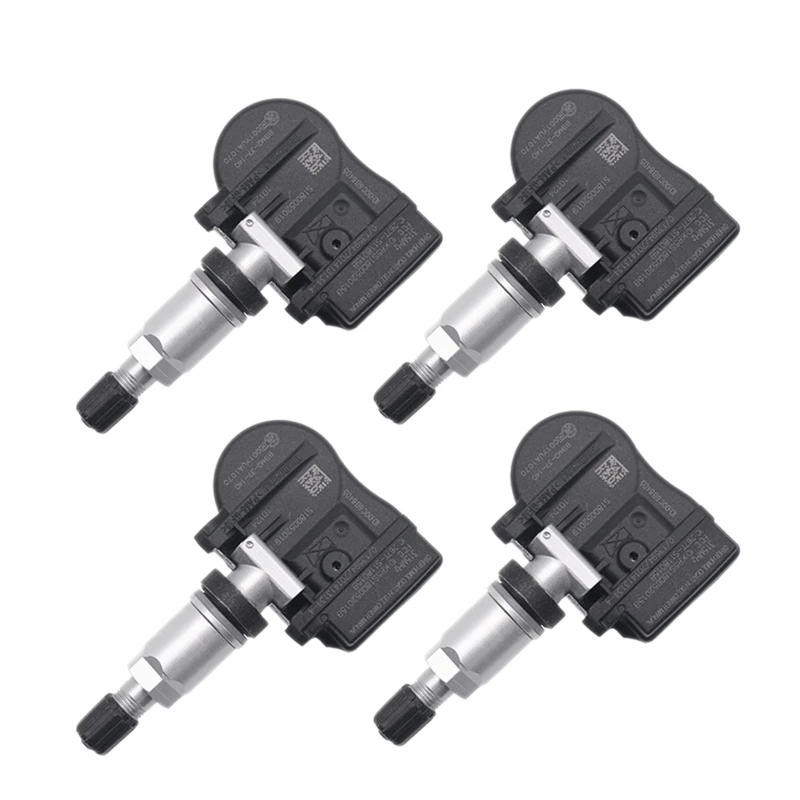 This probably means that you have Faulty tire pressure sensor. This requires to reset the value on your car's dashboard. However, be careful not to do this while driving as pressure fluctuations will interfere with the pressure sensors. Typically, you need to go through the car's settings, then you should find an option to diagnose inflation or "deflate detection". While on this tab, you must hold the select button or the reset button depending on the year of manufacture of your Nissan Murano. until you see a message on the car console confirming that the reset has been taken into account (this usually takes a few seconds). You can now turn off the ignition and restart your Nissan Murano to see if the tire pressure light has gone out.
This probably means that you have Faulty tire pressure sensor. This requires to reset the value on your car's dashboard. However, be careful not to do this while driving as pressure fluctuations will interfere with the pressure sensors. Typically, you need to go through the car's settings, then you should find an option to diagnose inflation or "deflate detection". While on this tab, you must hold the select button or the reset button depending on the year of manufacture of your Nissan Murano. until you see a message on the car console confirming that the reset has been taken into account (this usually takes a few seconds). You can now turn off the ignition and restart your Nissan Murano to see if the tire pressure light has gone out.
If, despite your reset, the tire pressure indicator on your Nissan Murano does not go away, then the smartest choice is to go to the workshop, most likely it is the tire pressure sensor on the valve that is faulty or defective on your Nissan Murano .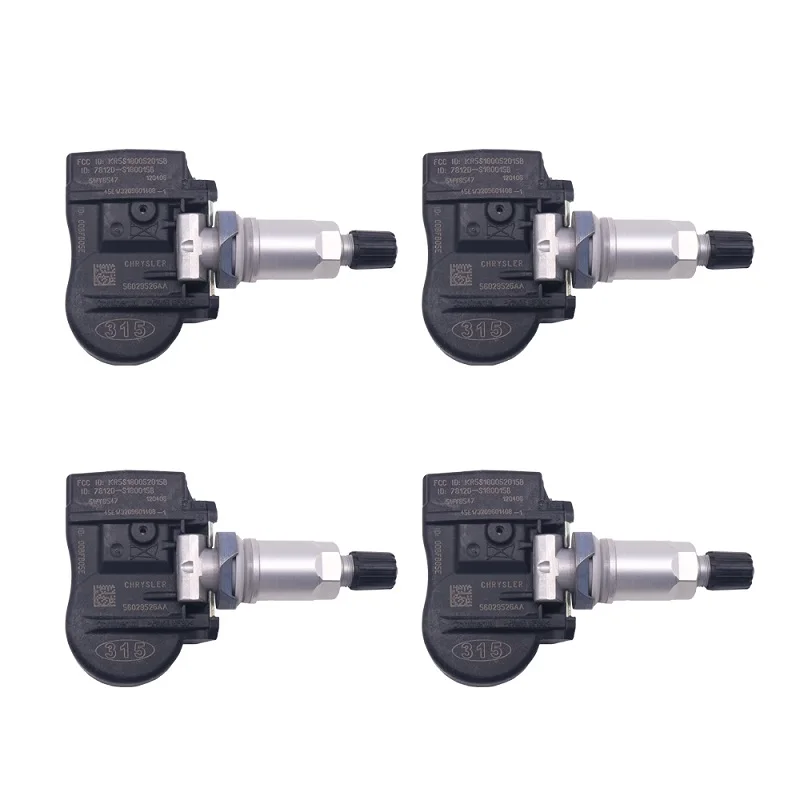 Keep in mind that in general the unit price is around 120 euros. Another solution that some prefer to use because the problem may recur in some series is to disable the sensors with your carrier and diagnose your vehicle. However, this procedure is not recommended as it may result in mishandling and malfunction of your Nissan Murano. Now you have all the keys to know how to reset Nissan Murano tire pressure sensor.
Keep in mind that in general the unit price is around 120 euros. Another solution that some prefer to use because the problem may recur in some series is to disable the sensors with your carrier and diagnose your vehicle. However, this procedure is not recommended as it may result in mishandling and malfunction of your Nissan Murano. Now you have all the keys to know how to reset Nissan Murano tire pressure sensor.
To learn more about the Nissan Murano, take a look at the Nissan Murano category.
Nissan introduced the Tire Pressure Monitoring System (TPMS) in 2003 as standard on vehicles or as an option on most models.
There is one little trick to servicing Nissan TPMS systems, and that is...buying the right equipment.The TPMS equipment connected via OBD II must be compatible with Nissan TPMS sensors and be able to reprogram the system for repair and service.0005
Most customer complaints are due to pressure drop.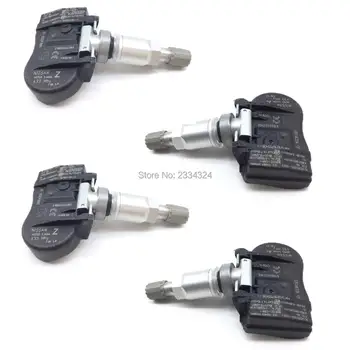 If a Nissan came to your car service with a TPMS indicator on, in most cases this means that the system is working normally, just one of the wheels has low pressure. First you need to inflate the tires to the specified pressure and drive at a speed of about 25 km / h for three minutes, the indicator lamp should go out. If the system does not work correctly, the control lamp will blink for a minute, then it will burn continuously. The nature of the flashes may indicate that one of the sensors, or several, are not activated (the ID code is not registered in the system module).
If a Nissan came to your car service with a TPMS indicator on, in most cases this means that the system is working normally, just one of the wheels has low pressure. First you need to inflate the tires to the specified pressure and drive at a speed of about 25 km / h for three minutes, the indicator lamp should go out. If the system does not work correctly, the control lamp will blink for a minute, then it will burn continuously. The nature of the flashes may indicate that one of the sensors, or several, are not activated (the ID code is not registered in the system module).
However, this does not indicate low wheel sensor voltage, loss of signal, or other problem. Resetting the system data and restoring operation will require special equipment that works with the Body Control Module (BCM). It is possible to read codes by recording warning lamp flashes. Nissan uses one receiver that receives signals from four wheel sensors (or five if installed on the spare wheel. The sensor transmits a personal ID signal and pressure information at prescribed intervals or in the event of tire pressure loss. The sensors have built-in accelerometers, transmitting signals while driving
The sensors have built-in accelerometers, transmitting signals while driving
The system receiver identifies the position of each of the sensors according to the transmitted sensor ID signals. The sensor can also send information about the battery charge if the voltage drops below normal.
If a sensor malfunction is diagnosed, it should not be concluded that it is the sensor that has failed. It is sensitive to how it is mounted on the wheel. A change in the position of the sensor during installation can interfere with the use of the equipment, when initializing the system, and also affect the signal transmission of the sensor. Always mount the sensor housing parallel to the wheel. And if the sensor is not registered in the system, try to drive the car for one or two meters. This will help the signal flow of the sensor, the suspension or brake components will not interfere.
Nissan uses TPMS sensors from Continental, Schrader and Pacific. Sensors and sensor repair kits are not interchangeable. The factory replaced sensor models on some vehicles after the 2010 floods in Thailand where supplier factories were flooded.
The factory replaced sensor models on some vehicles after the 2010 floods in Thailand where supplier factories were flooded.
Unlike many other systems in which the registration procedure for sensors is performed by simply pressing a few buttons on the scanner, most Nissan TPMS require the use of special / factory equipment or equipment specialized to work with systems only TPMS. The equipment must be able to communicate via the OBD II connector with the body control unit and enter the learning mode or receive sensor ID signals.
This method is sometimes referred to as the "in-company method" of learning the TPMS system, as the process can only be performed with genuine Nissan equipment.
But, nevertheless, there are diagnostic equipment from other manufacturers on the market that can perform the "training" functions of Nissan TPMS systems.
The Nissan equipment method is to put the body control module into learning mode using the diagnostic scanner and activate the sensors using the activation equipment. The activation equipment sends a low frequency signal to the sensor antennas. This signal initiates the transmission of information from the sensors to the receiver.
The activation equipment sends a low frequency signal to the sensor antennas. This signal initiates the transmission of information from the sensors to the receiver.
On some equipment it is possible to start the sensors to transmit a signal by creating a low-frequency control signal and write the received information to the scanner. The information can then be written to the TPMS module via the OBD II connector.
Another option, if you don't have the activation hardware, is to try and test drive your scanner on board.
First pressurize the tires to the following pressure:
Left middle wheel - 2.3 bar
Right front wheel - 2.1 bar
Right rear wheel - 2.0 bar
Left rear wheel - 1.8 bar
Then, using the diagnostic scanner, enter the body control module into "sensor registration ID" mode. Drive at a speed of 40-50 km / h for several minutes until the scanner gives you a “done” signal - ready, this means that all sensors are registered and identified with different tire pressures.